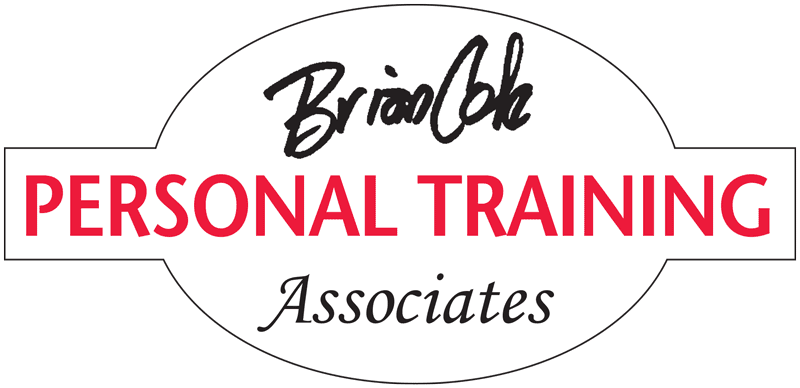Clarification: the only connection I’m aware of between these two is: I’m going to write about each in this column.
Nighttime calf cramps
Just about everyone has dealt with this very painful and rude awakening condition. Its frequency increases with age, so by the time you finish this column, you’re even more susceptible.
First, this is usually not an indication of any underlying more serious problem.
Common causes are dehydration, electrolyte imbalances and low carbohydrate levels. These can occur due to inadequate water intake, not replacing electrolytes following intense exercise—especially in hot temperatures—blood pressure medications and other diuretics, cholesterol lowering (statins) medications and anything which reduces potassium, sodium, calcium and magnesium in our blood. Eating habits that do not include plenty of complex carbohydrates can also contribute.
Peripheral artery disease (definitely more serious) typically causes cramps during exercise, not while sleeping. Hypothyroidism, Parkinson’s, diabetes, etc. are all possible but unlikely culprits. Before spending time and health-care dollars to explore, let’s try a simpler approach.
Try this next time. Simply, while lying in bed, relax your knee (slightly bend your leg) and assertively point your toes up toward your knee. If you were standing this would be lifting your toes to stand on your heels. The next paragraph will explain what just happened so you may skip it. It’ll be much more interesting after you’ve felt the relief. But for the curious, you may read it now if you like.
Reciprocal inhibition—that’s what just helped you. I’ll try to be concise but I may get carried away because it’s interesting (to me).
Our bodies move, based on this physiological principle: When a muscle contracts (works), its opposing muscle relaxes. We can tighten both simultaneously, but when one works under load, its antagonist has to relax. This is how our joints operate efficiently.
Easy-to-picture muscles are the upper arm and/or the upper leg. In the upper arm, we can easily tighten both the biceps (front) and the triceps at the same time. But if you lift something by bending the elbow, the back of the arm (triceps) will shut down. It has to.
Okay, for those who just confirmed they operate like other humans, congratulations.
The upper leg works the same way. When walking or running, the front of the leg (quadriceps) lifts and moves the leg forward while the back of the leg (hamstrings) shuts down. Then to move the leg backwards, the opposite occurs.
An observation: Because sprinters (whose muscles are very strong and very flexible) require the body’s natural regulation of movement by reciprocal inhibition to happen so fast, hamstring strains are very common. The hamstrings just haven’t had time to respond. (I told you I might get carried away). Just a theory.
Back to your calves. Remember, this muscle has a reason to cramp. It is responding to something. It will therefore (as all who have tried will confirm) resist being stretched. The goal is for it to relax, not for it to be stretched. So, by assertively pointing your toes toward your knee, you have required the cramping calf to shut down. Hopefully you’ll find the quick relief that others and I have.
Bifocals posture
If you use bifocals to read you hold your head in a more upright position. Because our heads tend to drift forward and down as we age and because this creates many postural problems, holding our heads upright and having the muscles to do so is very important. So, if you read with bifocals, good. If you don’t, I suggest getting some ASAP.
But do NOT walk while wearing them. Why not? For the same reason I just explained. You will point your head forward and down to look over the bifocal and see where you’re going.
Am I suggesting the inconvenience of two pairs of glasses? Absolutely. Or poor posture and the resulting back and neck pain that will inevitably follow.
In an upcoming column, I’m going to write more about reciprocal inhibition—how it may affect your lower back. I will provide some simple steps you can take to help you.

